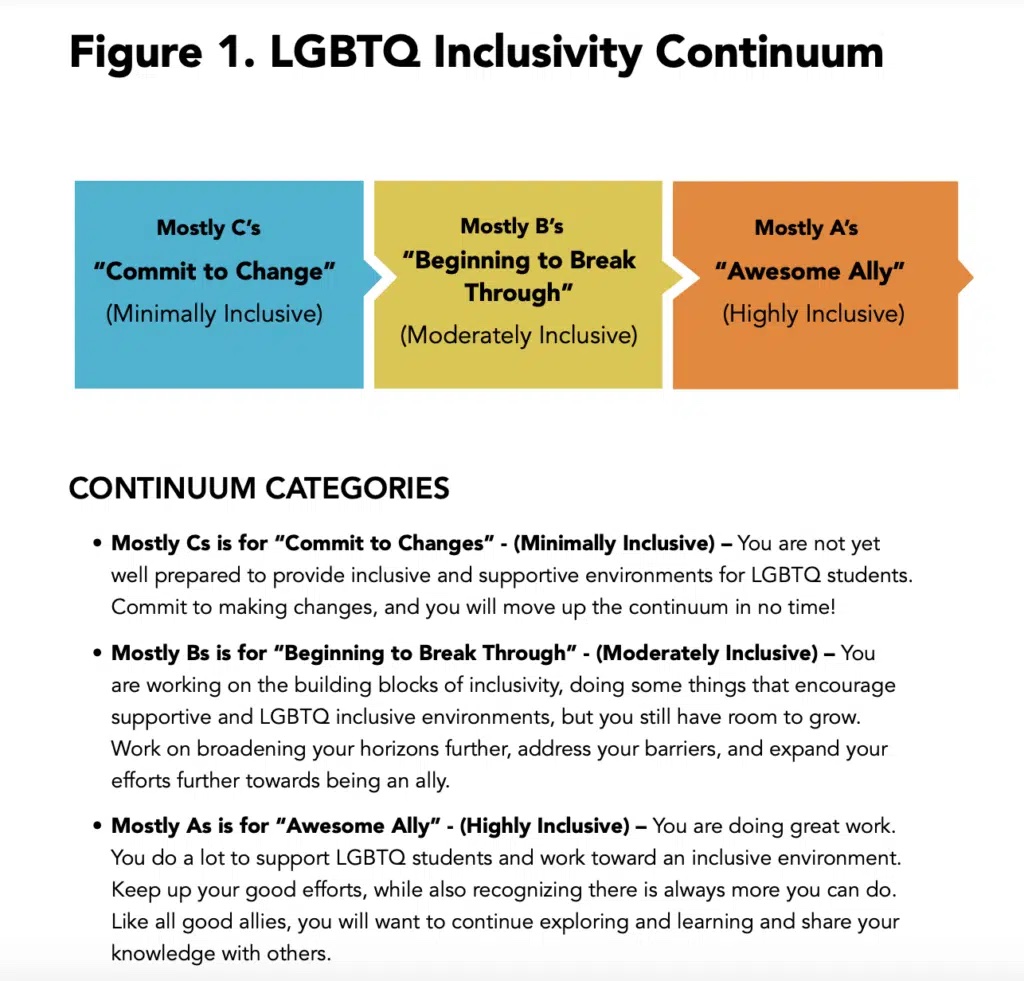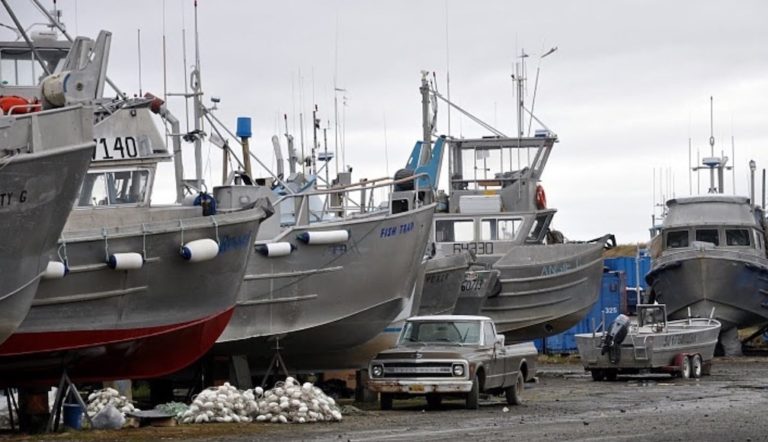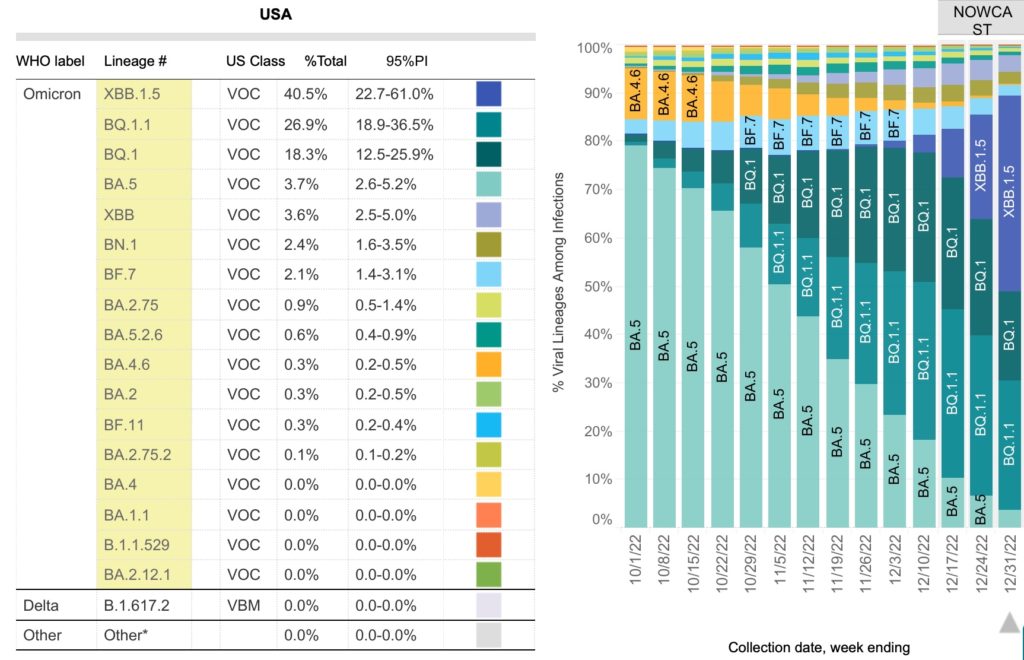By the end of February, nearly one out of every three Americans will be enrolled in Medicaid, the safety-net health care program that includes Obamacare, all paid for by tax dollars for those without private insurance. It’s a sign that the nation is well on its way to the tipping point that will result in fully socialized medical care.
Last week, the Foundation for Government Accountability launched a public website project to track Medicaid enrollment data as reported by each state. The countdown clock forecasts enrollment in Medicaid will reach 100 million individuals in approximately 75 days.
In 2017, some 184,000 people in Alaska were covered by Medicaid, or about 25% of the population. FGA now puts the Alaska number at 260,334, or nearly 37% of the state’s current population.
At the beginning of January, 98,987,931 Americans were projected to be enrolled in the federal health insurance program, FGA calculated.
“For years, FGA has been warning about the rising number of people on government welfare programs. Now, we’re nearing a grim milestone—nearly one-third of the country will be on Medicaid,” said Hayden Dublois, FGA Data and Analytics Director. “Our research and data show as welfare enrollment increases, workforce participation decreases. We’re in the midst of a nationwide workforce crisis, yet the Biden administration is pushing policies to entice people into government dependency at record levels while limiting opportunities to achieve the American Dream.”
The sharp rise in enrollment is largely due to the federal government’s continued extension of the Covid-19 public health emergency, which locks states in “Medicaid handcuffs.” While the emergency is in effect, states receive extra Medicaid funding on the condition that everyone enrolled remains locked into the program. This has led to an additional 24 million enrollees, more than 21 million of whom would previously not have qualified because they earn too much money or are otherwise ineligible.
“The pandemic-era policy keeping more than 21 million ineligible enrollees on Medicaid is costing taxpayers more than $16 billion per month. Despite the recently enacted legislation allowing states to redetermine eligibility beginning in April, the Biden administration is slow walking the process and hoping states will be sluggish to act,” Dubois said. “In approximately 76 days, 100 million people will be on Medicaid. States should begin preparing now so that they can remove the millions of ineligible enrollees and reclaim program integrity as quickly as possible.”












